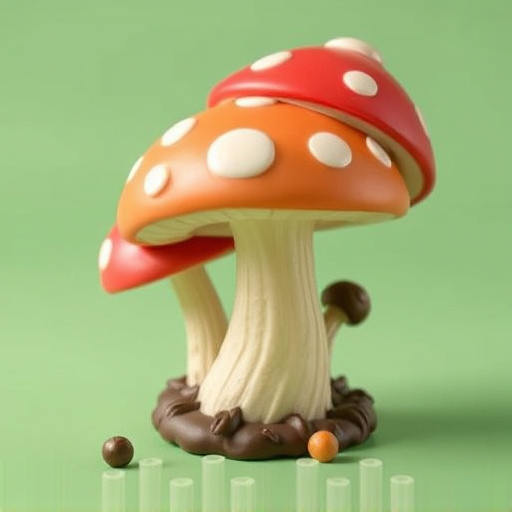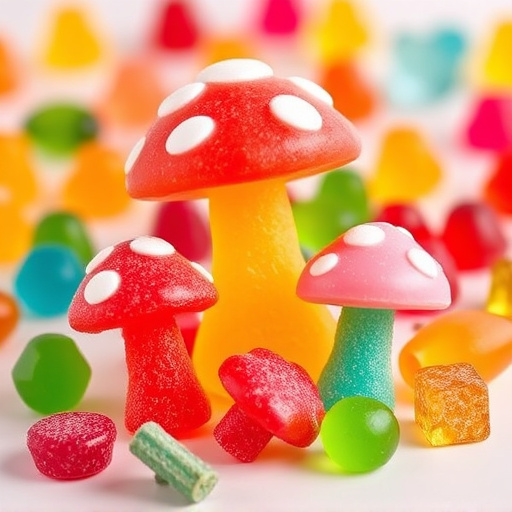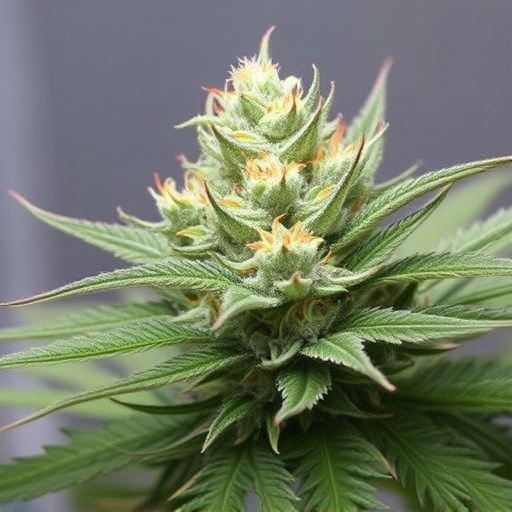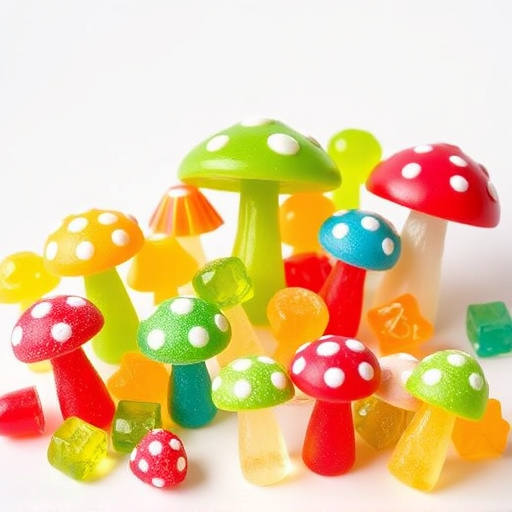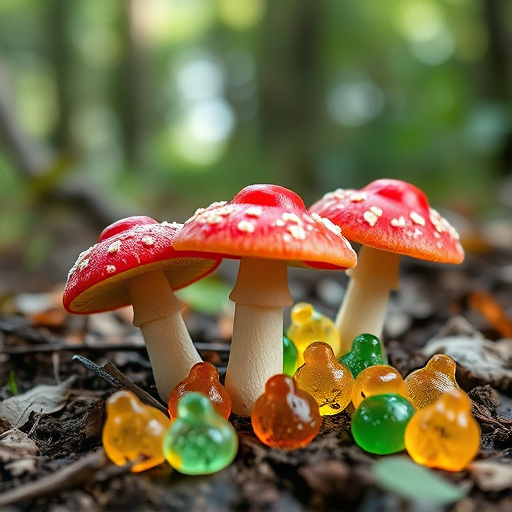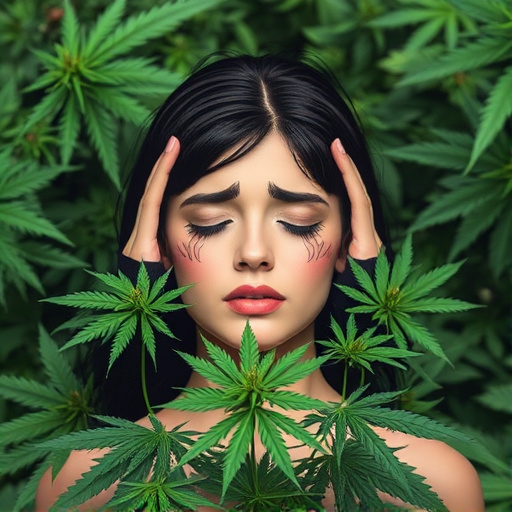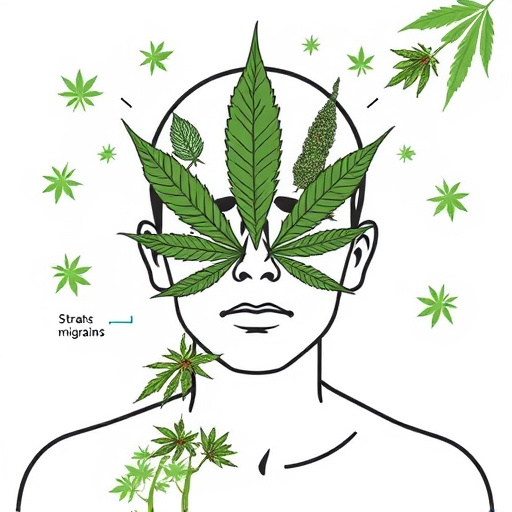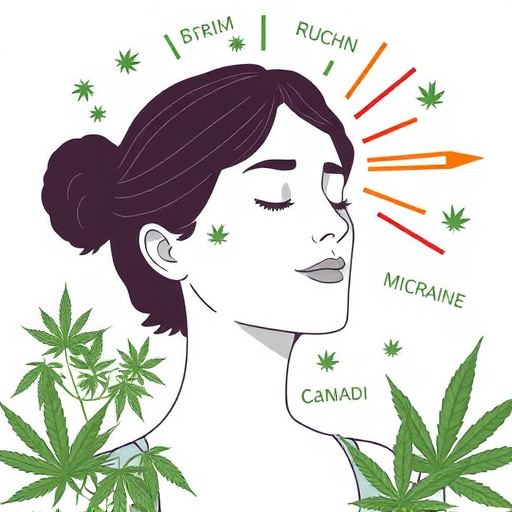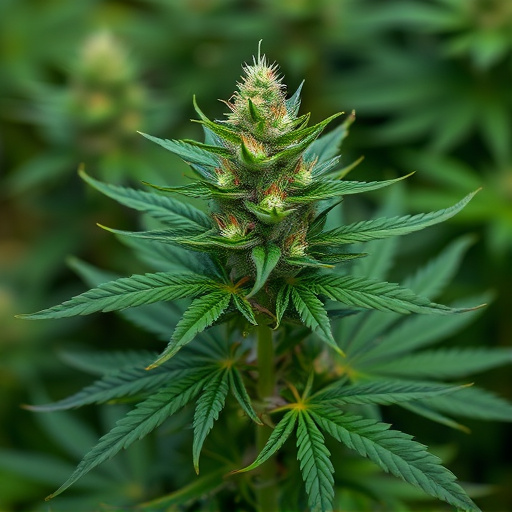Proper grinding techniques are vital for optimizing the effectiveness of cannabis strains designed to alleviate migraines. Coarse grinds preserve terpenes, essential for therapeutic effects, while fine grinds intensify cannabinoid release. Balancing grind size ensures potent cannabinoids without terpene loss, enhancing both migraine relief and flavor. Informed decisions about grinding ensure optimal results from specific CBD-rich, low-THC cannabis strains for effective and pleasant treatment.
Grinding cannabis is an art that significantly influences both its burn and flavor. This article delves into the intricate relationship between these factors, offering insights on how various grinding techniques can enhance or alter the cannabis experience. From understanding burn dynamics to exploring the diverse flavor profiles, we uncover strategies for optimizing relief from conditions like migraines through precise grinding methods. Discover how the right approach can transform your cannabis strains into powerful remedies.
- Understanding Cannabis Burn: The Impact of Grinding Techniques
- Exploring Flavor Profiles: How Grinding Affects Cannabis Taste
- Cannabis Strains for Migraines: Optimizing Relief with Proper Grinding
Understanding Cannabis Burn: The Impact of Grinding Techniques

Cannabis burn refers to the process by which cannabinoids, such as THC and CBD, are released from plant material during vaporization or combustion. Understanding cannabis burn is crucial when it comes to optimizing the flavor and efficacy of different cannabis strains, especially those used for medicinal purposes like treating migraines. The grinding technique plays a pivotal role in this process.
Coarse grinding allows for a longer heating profile, preserving more terpenes—the compounds responsible for cannabis’s distinct aroma and potential therapeutic effects. This is particularly beneficial for cannabis strains for migraines, as terpene profiles can significantly influence the plant’s ability to alleviate symptoms. Conversely, fine grinding results in faster heat transfer, which may intensify cannabinoid release but could also lead to terpene loss. Thus, the choice of grinding technique should balance the desire for potent cannabinoids with the need to preserve terpenes for optimal flavor and therapeutic benefits.
Exploring Flavor Profiles: How Grinding Affects Cannabis Taste

Exploring Flavor Profiles: The Impact of Grinding on Cannabis Taste
Grinding cannabis flowers is a significant step in the consumption process, as it exposes more surface area to heat and air, ultimately influencing how the plant material burns and tastes. When cannabis strains for migraines or other medicinal uses are ground, smaller particle sizes allow for faster extraction during vaporization or decarboxylation, enhancing both the potency and flavor profile. This is because different terpenes and cannabinoids become more bioavailable as the plant matter breaks down.
Moreover, the texture of the grind can dramatically affect the sensory experience. Coarsely ground cannabis produces a smoother, more even burn, while finely ground flower tends to char more easily, imparting a potentially undesirable taste. For optimal flavor, many experts recommend grinding just before use, allowing for precise control over particle size and ensuring a fresh, vibrant taste that highlights the unique terpene profile of each cannabis strain.
Cannabis Strains for Migraines: Optimizing Relief with Proper Grinding
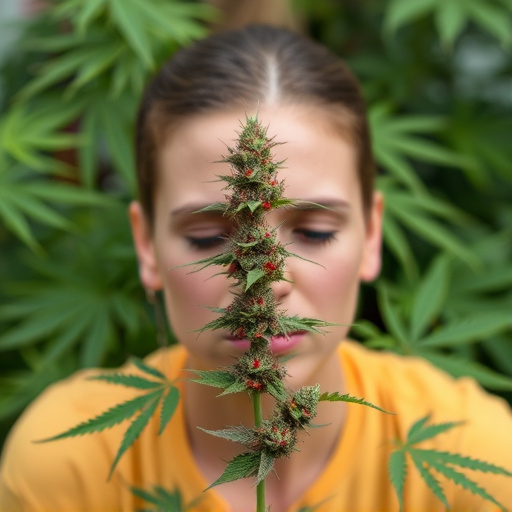
Cannabis has long been recognized as a natural remedy for various ailments, including chronic pain and inflammation, which can be especially beneficial for individuals suffering from migraines. When it comes to treating migraines with cannabis, the role of proper grinding cannot be overstated. Different cannabis strains offer varying levels of THC and CBD, two key compounds known for their therapeutic effects. For migraines, specific strains high in CBD and low in THC are often recommended as they can provide pain relief without the psychoactive effects that might trigger or exacerbate a migraine episode.
Proper grinding is crucial in optimizing the effectiveness of these cannabis strains for migraines. Different grinding sizes affect the rate at which cannabinoids are absorbed into the body. A finer grind increases surface area, enhancing absorption and potentially speeding up relief. However, overly fine grinds can lead to uneven combustion and reduced flavor quality. Therefore, finding the right balance is essential. By understanding how grinding impacts cannabis burn and flavor, users can make informed decisions to ensure they receive the best possible migraine relief from their chosen cannabis strains.
Grinding cannabis not only affects burn rate and flavor but also plays a crucial role in optimizing relief for conditions like migraines. Understanding the impact of different grinding techniques allows users to tailor their consumption methods for maximum therapeutic benefit. By exploring specific strain profiles and adopting suitable grinding practices, folks can navigate a symphony of sensations, from pleasant aromas to potent analgesia, making cannabis a versatile tool for wellness.
